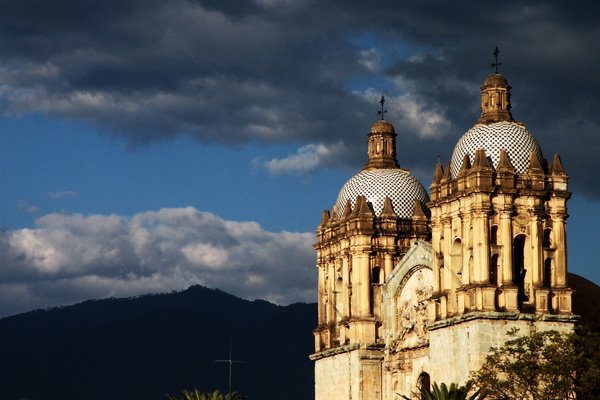“The idea is to recover something that belongs to us Quintana Rooans that was lost for many years. Today Quintana Roo is populated by immigrants and we need events that anchor us to what is really ours, to something that belongs to our communities, and that is what we seek with this crossing,” the Xcaret communications and public relations director, Iliana Rodriguez, said.
And that’s why everyone taking part in the activities is a volunteer from one of the indigenous communities that still preserve many of their ancestral customs and languages.
On Thursday a market was installed to sell products made with ancestral ingredients like maize and cocoa beans – in fact the latter were once used as money for making payments.....
“This year’s crossing is to prepare ourselves to end this cycle and begin the one that follows,” Rodriguez said, adding that despite popular belief that the Mayas predicted the end of the world this year, that’s not what they were saying.The Mayans never faded away and disappeared. They are still there, all across the Yucatan. It is a remarkable section of Mexico. One could take weeks exploring the ancient cities, enjoying the beaches, the people, the food. But it is hot. Always makes me think of the lyrics, "Hot time, summer in the city. Back of my neck feelin' dirty and gritty." I like to describe Merida as it is like Bangkok, only with Mayans.
Unlike current thinking that time is lineal, for the Mayas, she said, it was circular and everything would be repeated.
“When you look back on your past, you have the chance to prepare yourself for the future and perform certain rituals to prevent the bad things” from happening again, she said.
This story reminds me how special Oaxaca is in that its history is celebrated all the time, everyday. History and traditions are very much alive here.


1 comment:
Another recent news item that invalidates the idea that the Mayan calender predicted the "end of the world," deals with the Mayan murals found at the Xultun site in Guatemala. Scientists say the dates on the wall stretch some 7,000 years into the future. http://www.npr.org/2012/05/13/152519575/maya-artwork-uncovered-in-a-guatemalan-forest
Post a Comment